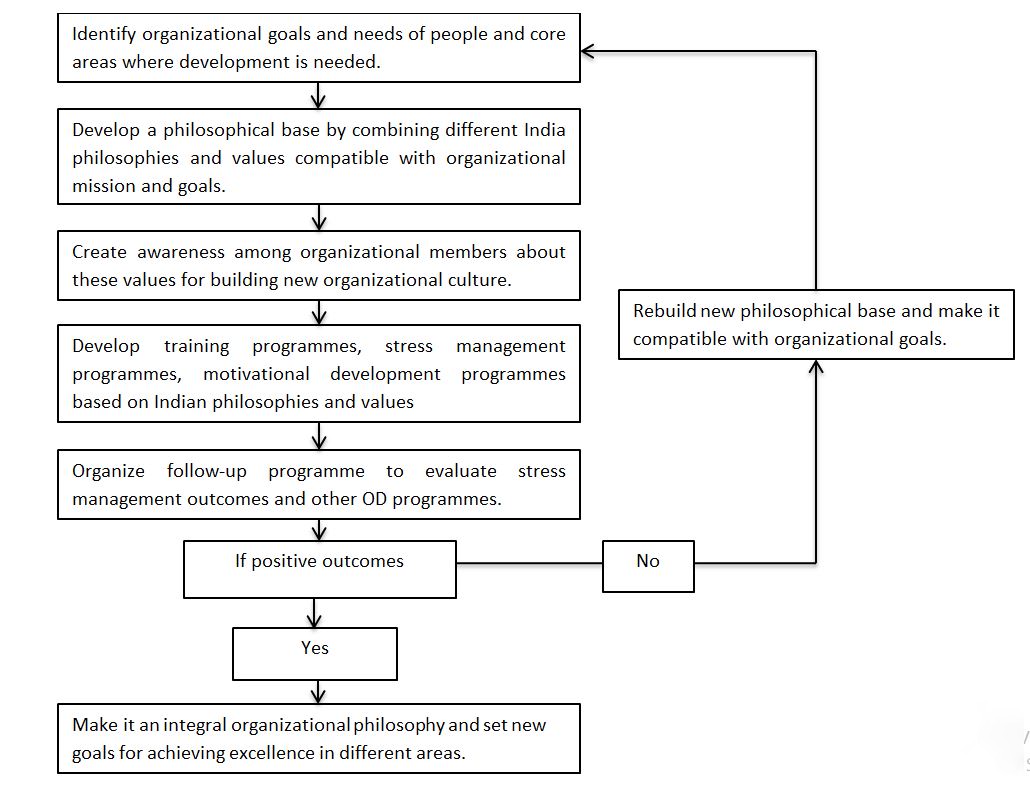Organizational Coping Strategies
Several of the factors that cause stress— particularly task and role demands—are controlled by management. As such, they can be modified or changed. Strategies that management might want to consider include improved personnel selection and job placement, training, use of realistic goal setting, redesigning of jobs, increased employee involvement, improved organizational communication, offering employee sabbaticals, and establishment of corporate wellness programs.
Certain jobs are more stressful than others but, individuals differ in their response to stressful situations. Selection and placement decisions should take these facts into consideration. Obviously, management shouldn’t restrict hiring to only experienced individuals with an internal locus, but such individuals may adapt better to high-stress jobs and perform those jobs more effectively. Similarly training can increase an individual’s self-efficacy and thus lessen job strain.
Redesigning jobs to give employees more responsibility, more meaningful work, more autonomy, and increased feedback can reduce stress because these factors give the employee greater control over work activities and lessen dependence on others. But if individuals prefer structure and routine, reducing skill variety should also reduce uncertainties and stress levels.
Role stress is detrimental to a large extent because employees feel uncertain about goals, expectations, how they’ll be evaluated, and the like. By giving these employees a voice in the decisions that directly affect their job performance, management can increase employee control and reduce this role stress. So managers should consider increasing employee involvement in decision making.
Increasing formal Organizational communication with employees reduces uncertainty by lessening role ambiguity and role conflict. Given the importance that perceptions play in moderating the stress—response relationship, management can also use effective communications as a means to shape employee perceptions. Remember that what employees categorize as demands, threats, or opportunities are merely an interpretation, and that interpretation can be affected by the symbols and actions communicated by management.
Organizations can offer organizationally supported wellness program. These programs focus on the employee’s total physical and mental condition. For example, they typically provide workshops to help people quit smoking, control alcohol use, lose weight, eat better and develop a regular exercise program.
Satish Chandra Pandey has developed a model for stress management based on India philosophy consisting of Upanishads, Vedanta etc. this model is shown below:
Cooper and Marshall have provided a comprehensive analysis of strategies for coping with stress under the following categories:
- Coping with stress at the level of the individual
- Coping with organizational sources of stress
- Prevention of job stress
- Personnel related initiative

